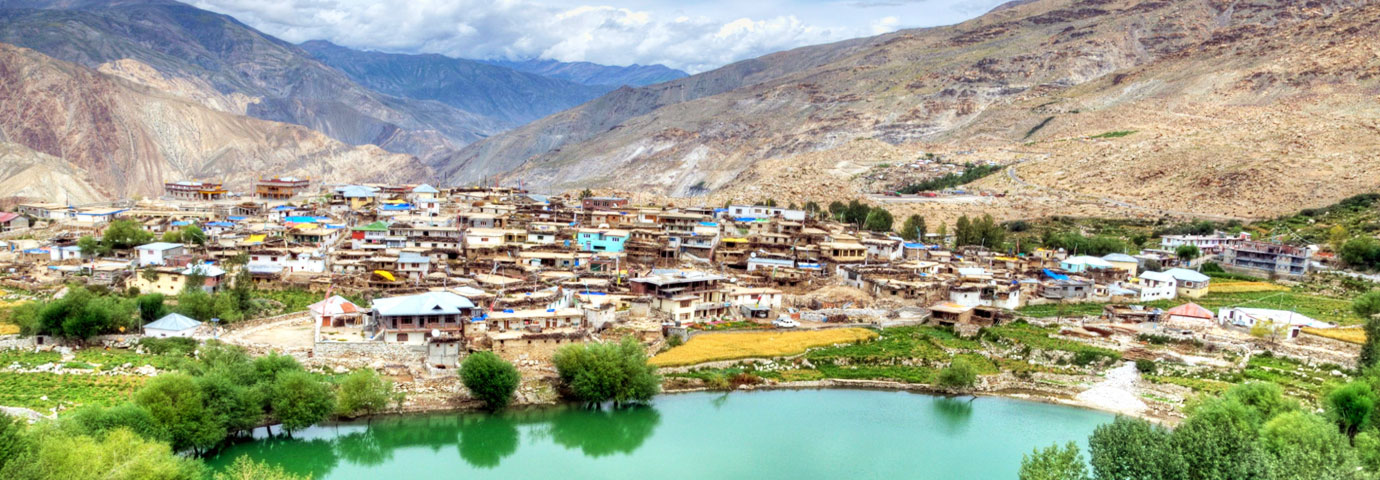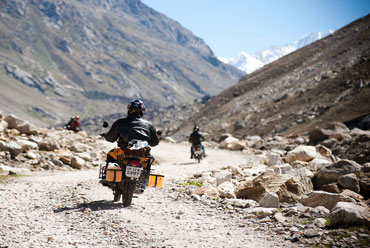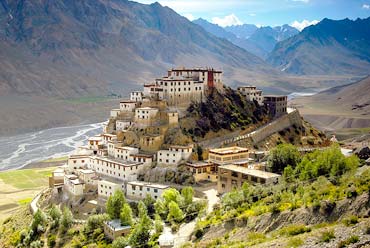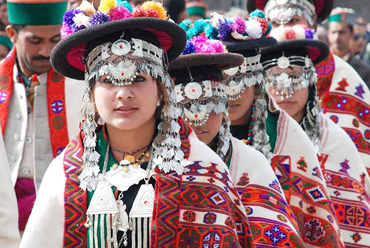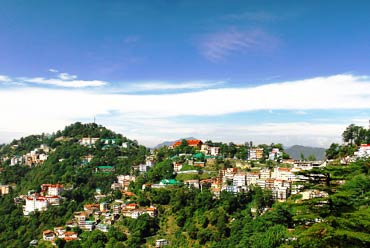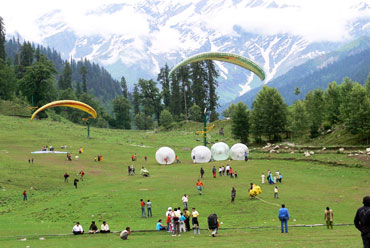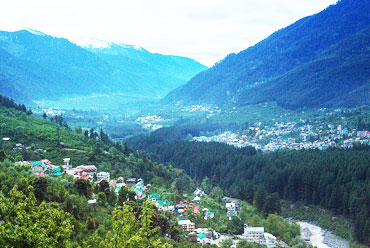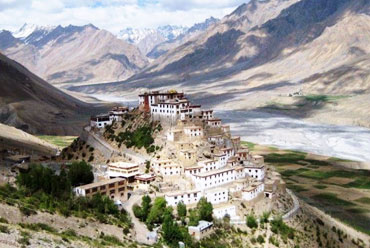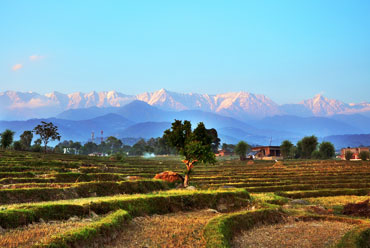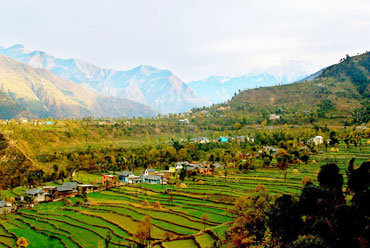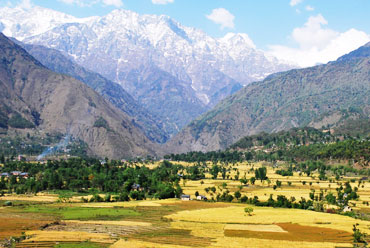Lulled by the sweet folk songs of the Kinneri women, the vale of Kinnaur provides a calm ambience to all tourists, young and old. While the youthful and the daring harness nature's hilltops with their trekking expeditions, the more laidback traveler can savor the delight of the tranquil mountains amidst the rich verdure. Kinnaur, with its colorful and hospitable population, can be an absolute delight for the ones who admire the highlanders. This land of fairytales and fantasies has a spectacular terrain of lush green valleys, orchards, vineyards snow-clad peaks and cold desert mountains.
Location
Kinnaur is a border district, located in the southeastern part of the northern state of Himachal Pradesh. It is about 250 km from the capital Shimla and is situated on National Highway No. 22, which is also called the Hindustan-Tibet Road. The landscape of the area varies from the lush green orchards of the Sangla Valley to the stark magnificence of the Hangrang Valley. The massive snow-clad ranges provide a regal dignity to the area. There are about 77 villages in the district and Kalpa is one of the biggest of them. There are almost no urban centers.
Two turbulent rivers race through Kinnaur-the Sutlej and the Spiti. The slopes are covered with thick forests, while the basins hold orchards, fields and picturesque hamlets. Kinnaur holds three of world's grandest mountain ranges-the Zanskar, the Greater Himalaya, and the Dhauladhar-and the famous 4,573-meter-high Kinner Kailash mountain by whose side is the seventy-nine foot vertical rock formation that resembles a Shivalinga and changes color as the day passes.
History
Before India's independence, Kinnaur formed part of the erstwhile Bhushhar state. After independence, Kinnaur formed the Chini Tehsil of Mahasu district. As part of the reorganization of border areas, the Kinnaur district was formed on May 1, 1960, to enable speedy development of this area.
Kinnaur is home to some of lndia's oldest traditions and legends. The Pandava brothers are said to have spent several years of their exile in these tracts- an episode from the epic Mahabharata. Ancient texts have gone to the extent of placing the people of Kinnaur-the Kinners-as halfway between men and gods. The highland tribes here are simple, hard working, honest and very welcoming to the tourists.

